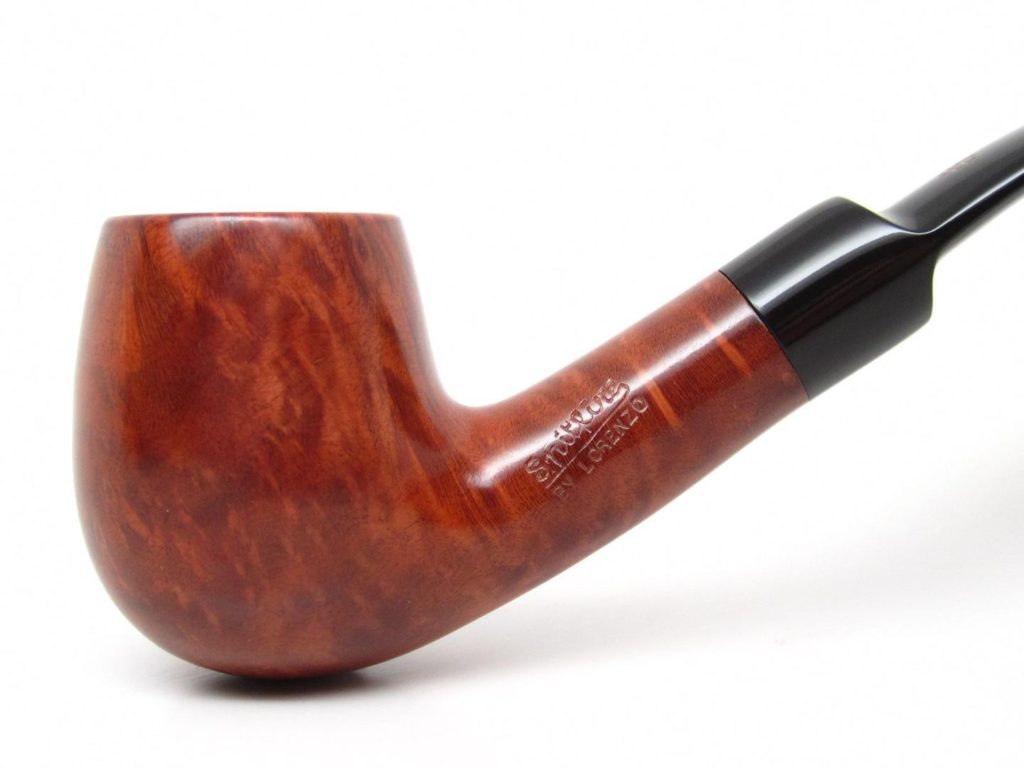Every smoker develops their own technique for lighting a pipe, but in general it’s mostly straight forward. It’s best to avoid torch lighters as they burn much too hot and can char the tobacco as well as the pipe. A regular lighter, pipe lighter, or match (that should be the last resort for lighting it though) will do the trick. Pipe lighters are recommended, but a simple match will work just as well. In any case, the tool used to light a pipe comes down to the user’s preference.
The First Light
To ensure all of the tobacco is lit, the flame needs to be moving in a circular motion over the tobacco. Taking a couple draws while lighting the pipe will help the flame reach the middle part of the tobacco. This first light almost always goes out and is referred to as the charring light. Once the charring light goes out, which is typically under a minute, it’s best to use a tamper tool to pack the tobacco down. This will help solidify the tobacco and allow embers to be formed in the bowl chamber.
The True Light
Once the first light is complete, or the charring light, it needs to be lit again. After the pipe is lit, the user will want to take a couple draws to allow the bowl to light up evenly. It is important not to overdraw on the pipe because it’ll cause the tobacco to char and have a disgusting flavor. If the bowl was packed properly after the charring light, the pipe shouldn’t have to be lit again. All the user needs to do now is occasionally pack the tobacco to keep the embers going. When the bowl is close to finished, it’ll become more difficult to keep lit because there isn’t as much tobacco to preserve the light.
Controlling The Flame
There are times when it seems like it doesn’t matter how well the bowl was packed or lit, the tobacco will just not stay lit. When this happens, all the user needs to do is cover the bowl of tobacco with their fingers, while leaving a small hole for air to pass through to take some quick puffs. As soon as the puff is finished, the bowl can be uncovered and the process repeated. This is known as stoking the pipe and can be an effective way of keeping a pipe lit. The idea is to take puffs often enough so that the tobacco stays lit, but slow enough that the smoke doesn’t get too hot. Allowing the smoke to get too hot can cause a tongue bite, which is unpleasant at best. This is easy for someone to test by simply placing their fingers on the bowl, if it’s too hot to touch then it may be a good idea to slow down.
Learning the proper technique for lighting the pipe just takes a little practice, so there’s no need to get discouraged. All smokers find their own way of doing it just right, it’ll come with patience and experimentation.

